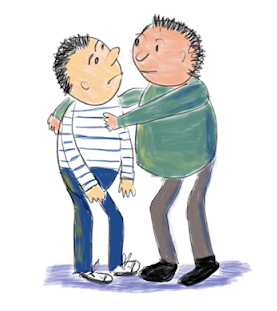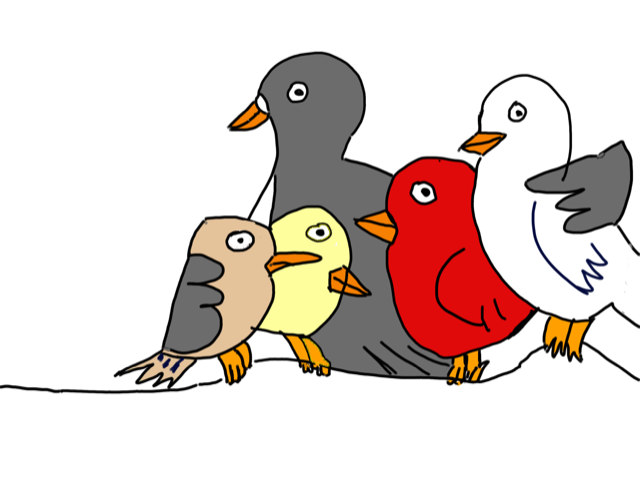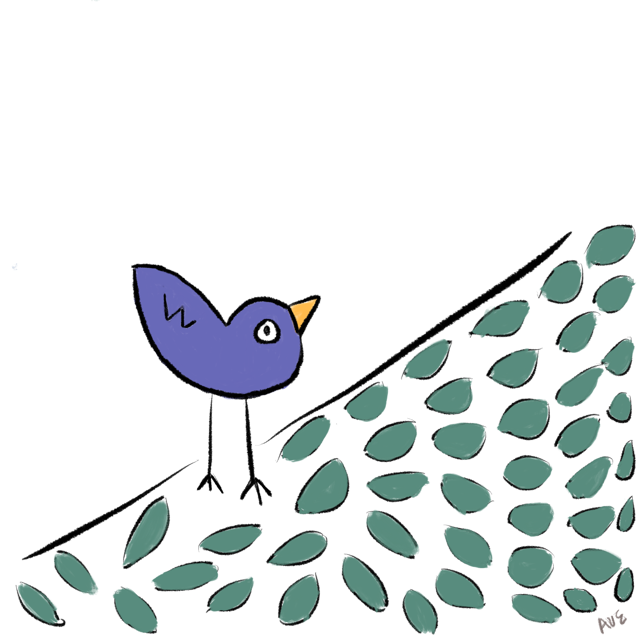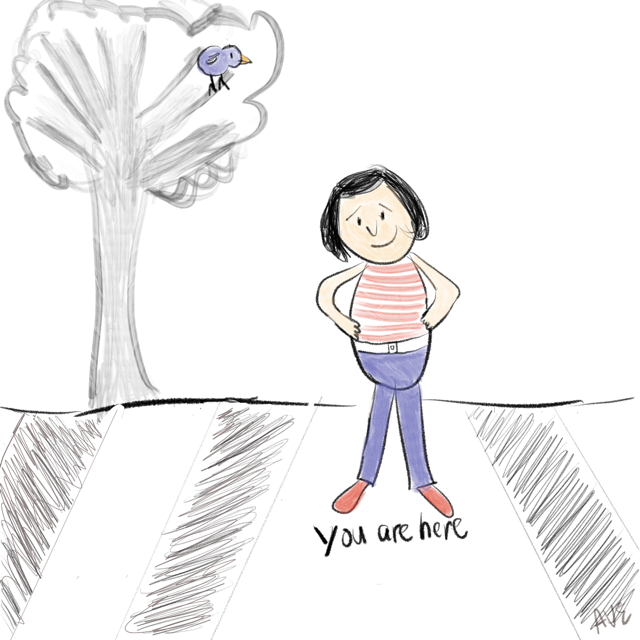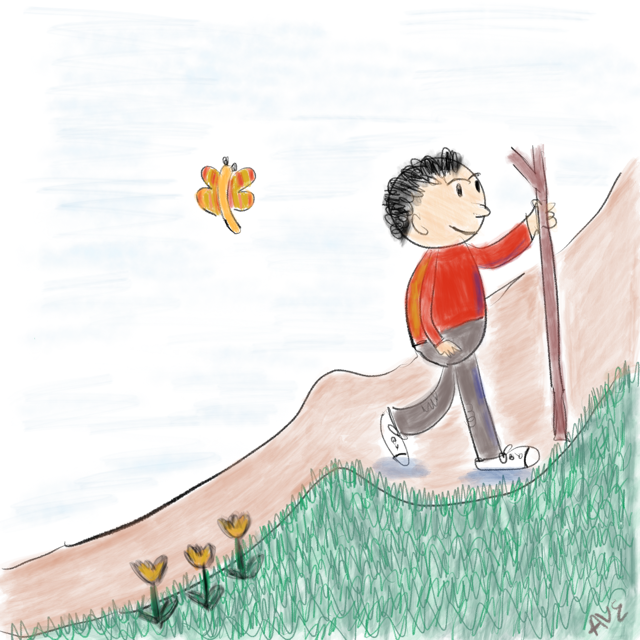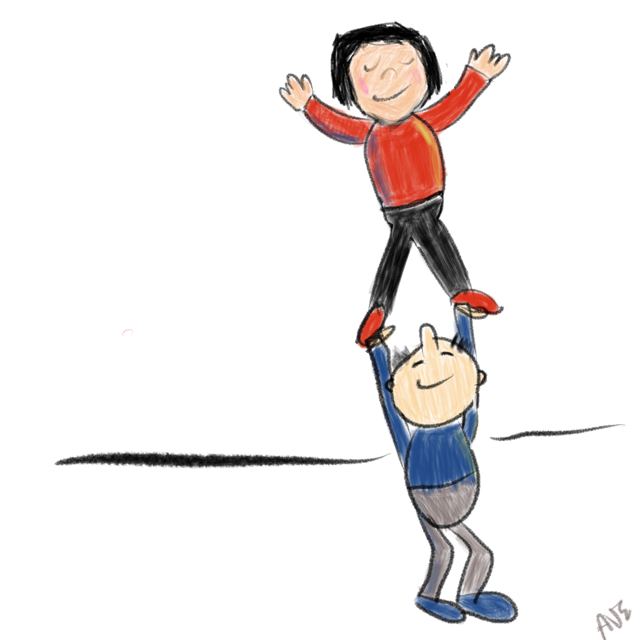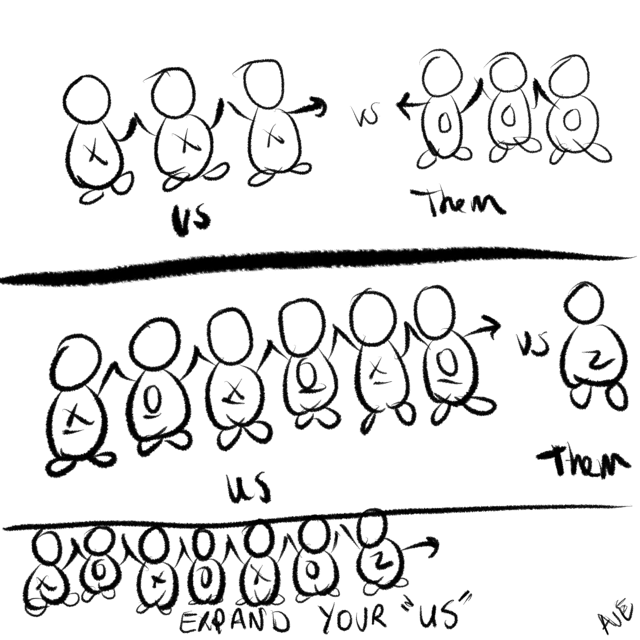
It is easy to become “triggered” these days when watching the news, engaging with colleagues and interacting with colleagues and family. How can people see things so differently? It can be frustrating and challenging.
How do you respond? Do you retreat and avoid difficult conversations? Do you talk negatively about others? Do you live with the internal stress and heaviness? Do you find a way to distract yourself—work harder, watch television, go shopping, eat more, exercise more, breathe more deeply or tell yourself to calm down? We can learn how to notice our reactions and manage how we respond.
First, we need to accept that our reactions are a normal part of living with people who have different perspectives in our global world. Then we need to notice our responses and acknowledge them. Sometimes a simple “hello” or “I see you” and naming our emotion is enough. “Yes, you are angry to hear what this person is saying and believing.” Then allow yourself to receive this empathy and understanding. Take a deep breath. Then support yourself by recalling how you felt when you were in nature or another positive place. You can also tell yourself, “I can handle this. There is more to learn.” There are many strategies to calm yourself down.
What is the benefit of calming and shifting to being open? First, it a healthier way to live. Second, others are picking up our energy and when we are calm and open, it supports others in doing the same. Then we can engage in a real conversation to co-create possible solutions.
Reflect on how you can calm yourself and shift to being open. Experiment with one strategy and explore others to try.


